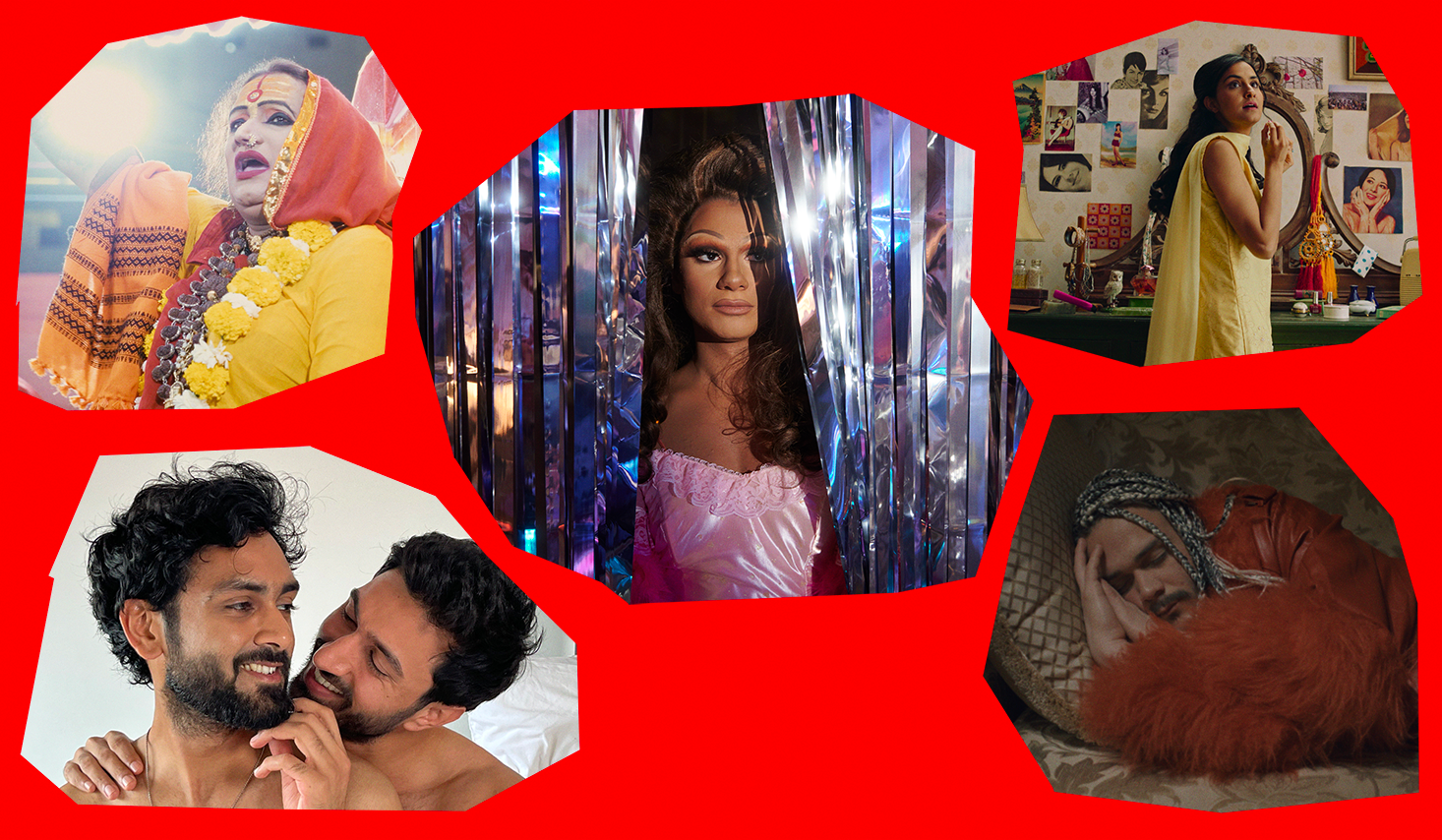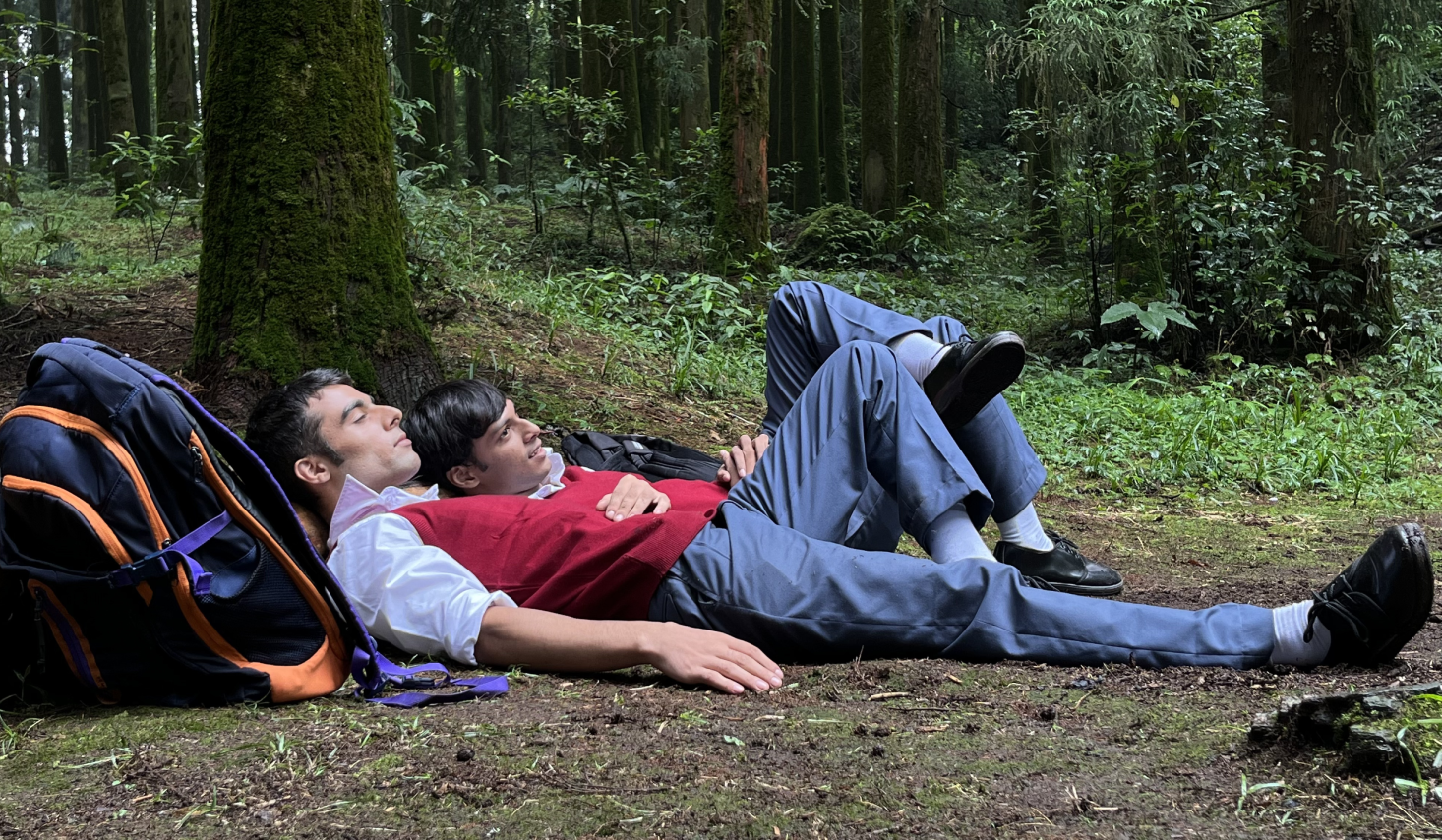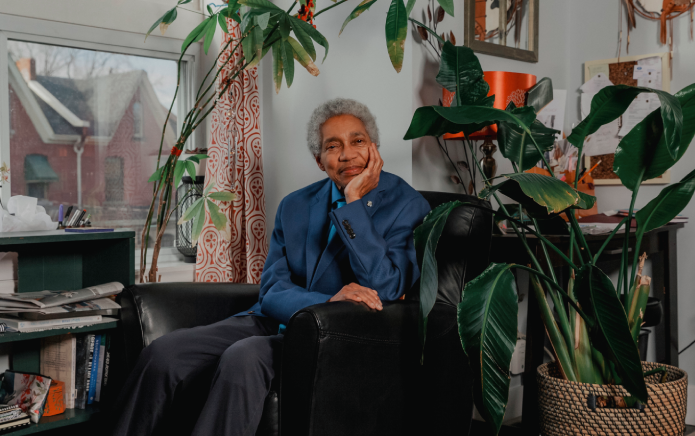
We all remember the first queer film that resonated with us. For me, it was Ek Ladki Ko Dekha To Aisa Laga; a seemingly innocuous Bollywood rom-com about a struggling playwright and his fateful encounter with a small-town young woman looking to change her life. Directed by Shelly Chopra Dhar, the 2019 film disguised itself as a classic straight-laced movie where the boy falls for the girl, but, instead, it marked a pivot in queer culture. Despite its attention-grabbing title – one that loosely translates to ‘How I Felt When I Saw That Girl’ – Ek Ladki would become Bollywood’s first mainstream lesbian movie, an achievement which indirectly paid homage to smaller sapphic movies like the cult classic Fire which debuted in 1996.
The expansion of queer film outside of the Global South allows directors, writers and creatives to tap into lives and perspectives that are waiting to be shared. While not all of them will mark cinematic milestones, like Ek Ladki, they will boldly broaden the catalogue of queer storytelling that gives spaces and visibility to the lived queer lives that we don’t always get to see on screen. In recent years, we’ve had standout LGBTQIA+ movies, from the Global South, that dig into the complexities of our daily lives, whether it’s the subtle social politics of Pakistan’s Joyland, a commentary on trans rights in Filipino film Die Beautiful, or an honest look at love between two Kenyan women in Rafiki – queer cinema is better for it.
For this year’s BFI Flare: London Film Festival, Pine Cones and Layla are part of a powerful week-and-a-half celebration of queer film. Set in the changing landscape of LGBTQIA+ rights in India, Pine Cones, directed by Onir, is a semi-autobiographical film that narrates the story of an out-and-proud filmmaker Sid Mehra falling in love for the first time. Meanwhile, Amrou Al-Kadhi’s directorial debut Layla follows the life of a British-Palestinian drag queen Layla as she deals with queer fate and falling in love and all while facing questions of how to fit her culture and gender identity into the life she’s currently living. We sat down with both directors to hear their thoughts on how the queer film industry in the Global South can be better supported, the necessity of movies from these regions and what LGBTQIA+ films they’ve enjoyed most.
How can we increase active support to filmmakers, directors and creatives in the Global South?
Amrou: Mentorship is key; giving filmmakers who don’t have access to industry professional mentors who can help them navigate an often hostile industry is invaluable for both information, building confidence, and helping them find ways to push their stories forward. It’s such a confusing industry – any support to help such filmmakers work through it is so key.
Onir: I think two of the biggest challenges for Indie queer filmmakers making queer films in South Asia is funding and distribution. We need to find finance for films that are made in South Asia because pushing the narrative there with stories that are accessible and relatable is important. And then to make this viable a reasonable distribution overseas helps sustain the resistance at home.
Why is it important we continue to champion and spotlight creatives from the Global South, with platforms like BFI Flare?
Amrou: Right now, stories about the Global South are constructed by media narratives that are often harmful, painting marginalised characters as either victims or villains. It’s critical for such characters to take control of the narrative and tell their stories on their own terms to combat limited and often damaging narratives.
Onir: Unfortunately there is a lot of resistance to queer content made in the global south back home. Be it the censorship at the theatres or the OTT (over the internet) platforms. Platforms like BFI help to create more interest back home but also open up the international distributors to the fact that many still need to recognise and address. The South Asian diaspora is huge and a potential market that wants to watch films from back home. This has not been exploited. Also for filmmakers like me (who have faced scripts being banned by the govt and severe censorship), this recognition is a form of soft resistance.

How would you like to see the inclusion, investment and platforming of creatives/filmmakers change in the Global South?
Amrou: I want to see commissioners entrust filmmakers to create stories that defy market expectations and what they know to be a good or correct film; I think if our voices are going to really flourish, we need to be allowed to tell films that go against what the industry has viewed as a “correct” film. This is why we need our voices on the commissioning table.
Onir: I am looking forward to a day when studio heads and OTT platforms don’t tell me ‘we are doing one piece of LGBTQ content’ or ‘we are taking baby steps’. There is no one homogeneous queer story and to be reduced to that is shameful. We have various stories to tell that need to be told to strive towards a more inclusive society. We need queer filmmakers telling our stories from our gaze. Our lives can’t be contained within their “baby steps”. OTT platforms/studios outside the subcontinent seem to push boundaries while back home we are reduced to being at the mercy of eyeballs and box office.
Can you share an LGBTQIA+ film, from the Global South, that has inspired you and why?
Amrou: A beautiful queer Brazilian film called Body Electric – it was the first time I saw femmes of colour be sexual, autonomous and empowered on screen.
Onir: One of my favourite films is Joyland from Pakistan. What I love about the film is the intersectionality of narratives. The film is beautiful and leaves a strong impact because it’s so relatable to not only the lives of queer people in South Asia but also women.
What positive changes have you seen in the reception of LGBTQIA+ movies made in the global south and how they’ve been received?
Amrou: Audiences want fresh voices when they can find them! Audiences aren’t the issue – it’s the people who decide what audiences would enjoy that get in the way of our stories getting out there.
Onir: In India especially after the supreme court has decriminalised homosexuality there are marginally more queer films and series getting made. With the rise in OTT viewers, the positive aspect is that many more people are watching our films across the world and also the queer community here gets access to queer films from across the world. There is no shame in watching our films in a society where our identity is still shamed this becomes a safe and easy space and kind of in a strange way keeps you invisible.
This interview has been condensed and edited for clarity.
You can hear more from Amrou and Onir at GAY TIMES and BFI Flare panel ‘Celebrating Queer Global South Cinema’ alongside The Queer Muslim Project on 21 March at BFI Southbank. You can find out more information about our exciting event here.
